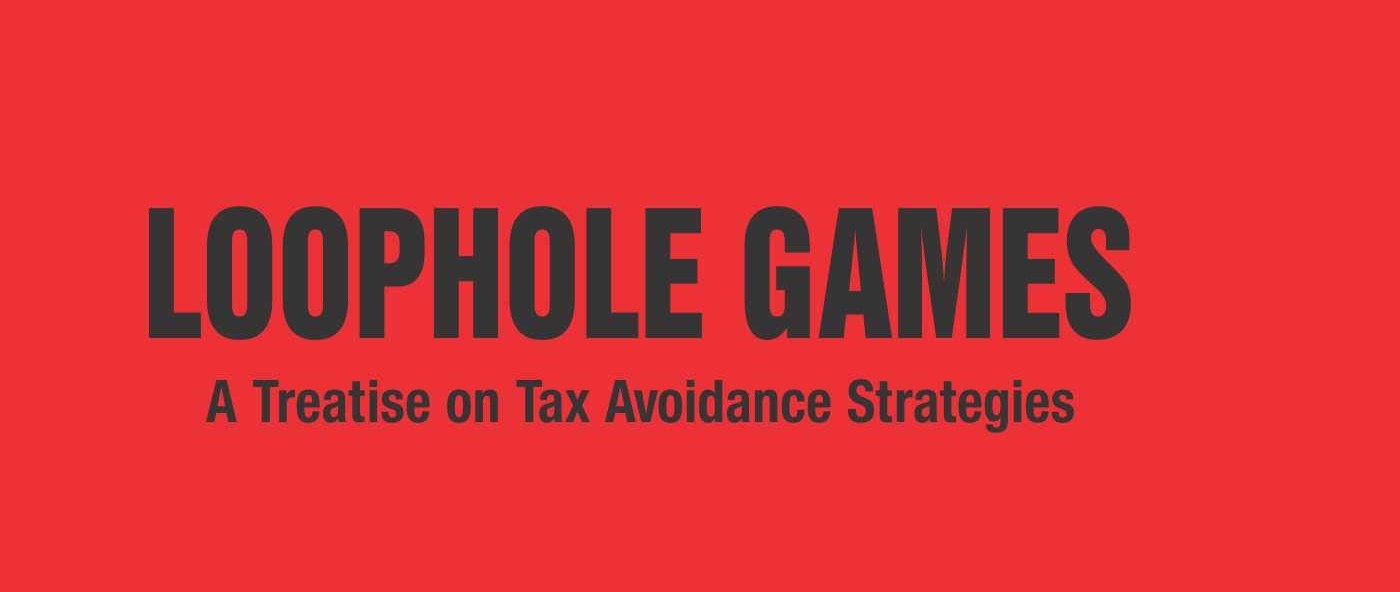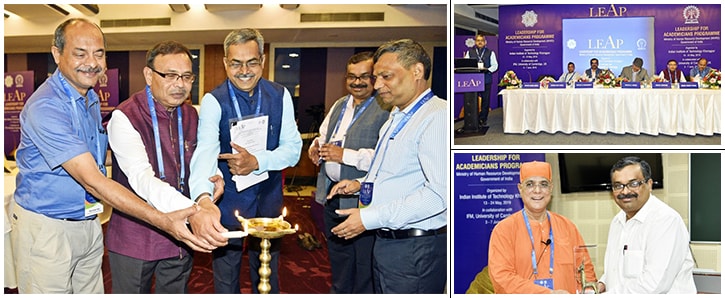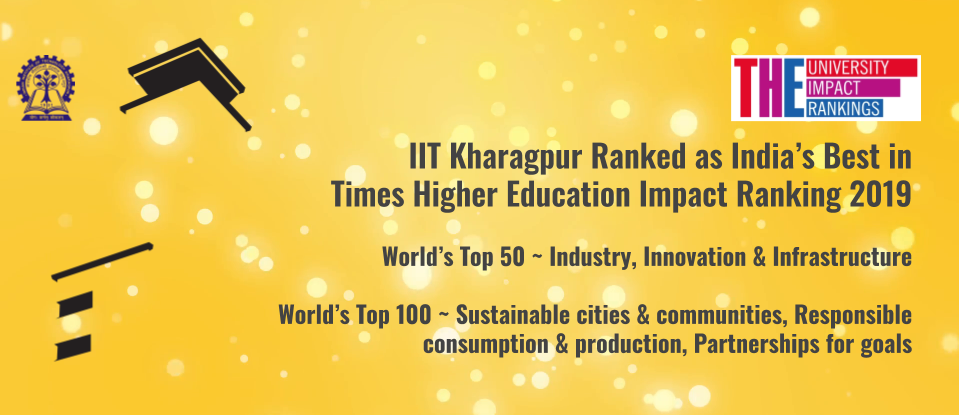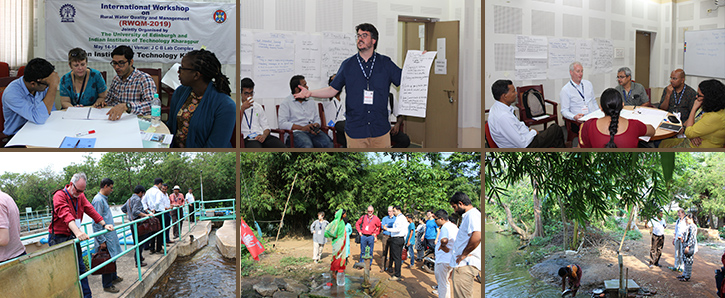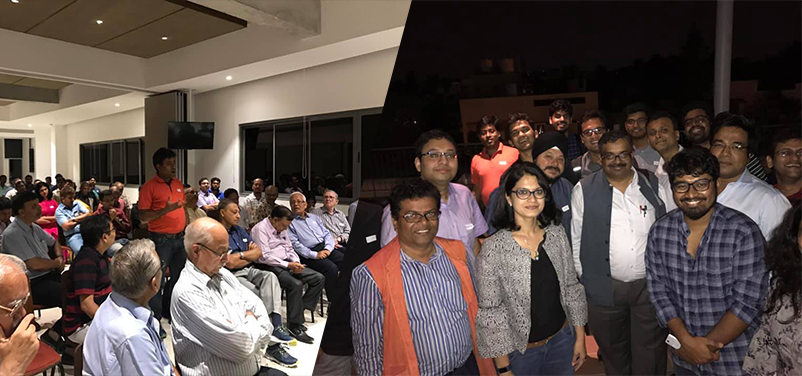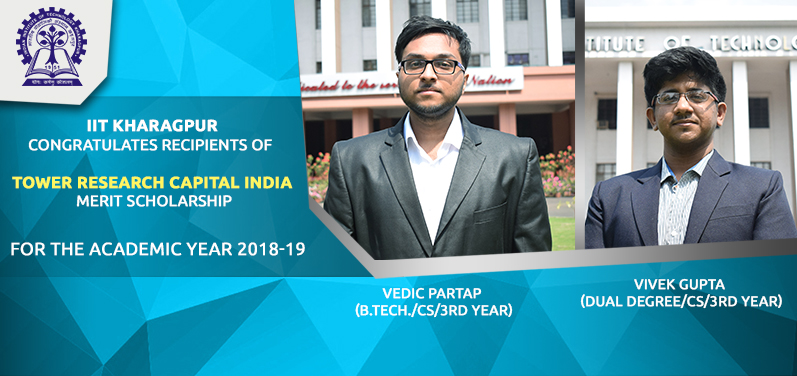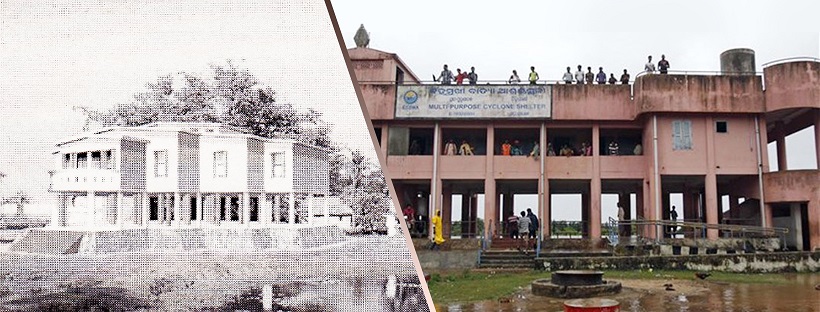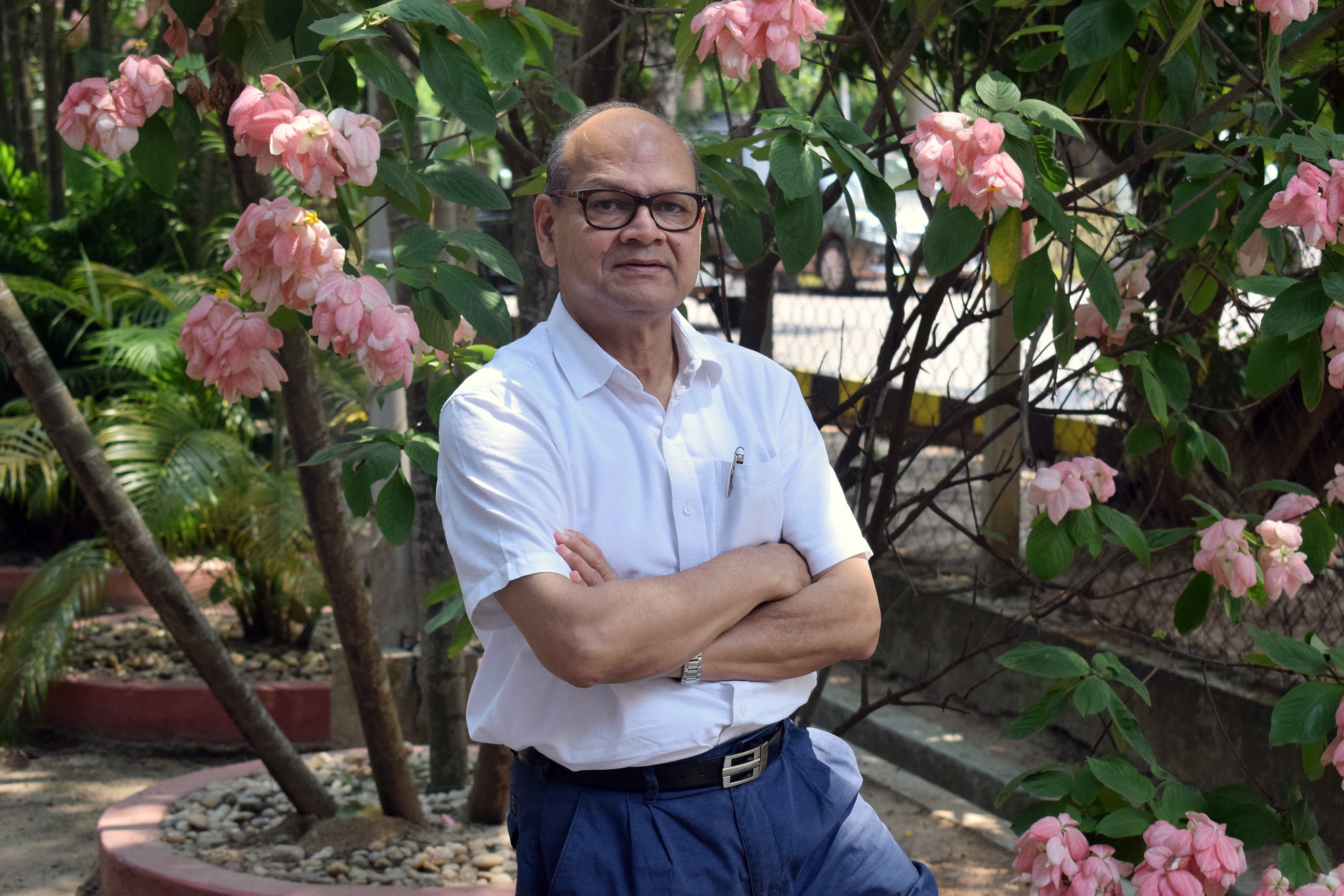
Shape of water
“Wherever you are is the entry point” – Kabir We don’t know if Vijay Kiyawat (1967/BTech/ME/NH) came across these words of Kabir, the great mystical poet and saint. But the trajectory of his life demonstrates the truth of the statement. That is, you can make a fresh beginning from any point of your life. That is what happened when Kiyawat retired in 2008 after an extremely successful corporate career. “I wanted to do something different - something different from consulting, or teaching,” he says. So he took up the paint brush - a rather unusual choice for a person who…

